Hard Times...
by: Sherri Leigh Smith
Hard times for birds eating flying insects.
Because the Mighty St. Lawrence is still a rich ecosystem, producing a diverse variety of insects, ’times are not as hard for aerial insectivore birds there as they could be. But the signs of trouble are clearly visible nearby.
I well remember the late Sissy Danforth mildly complaining about those messy Barn Swallows in the Jolly Island boathouse dropping their excrement all over the boats. I don’t know if Barn Swallows still raise young there, but overall this species and their relatives are much less common than they were only two decades ago.

In inland areas of Jefferson and Lewis counties, where big water produced insects are scarce, severe insectivore declines are obvious. In areas where a half dozen pair of Eastern Kingbird could be easily be found a quarter century ago, one must now work hard to locate a single pair. Suitable farm buildings that should host colonies of Barn and/or Cliff Swallows stand devoid of these avian occupants. Many sites are now hosting only invasive European Starling and House Sparrow. Why?
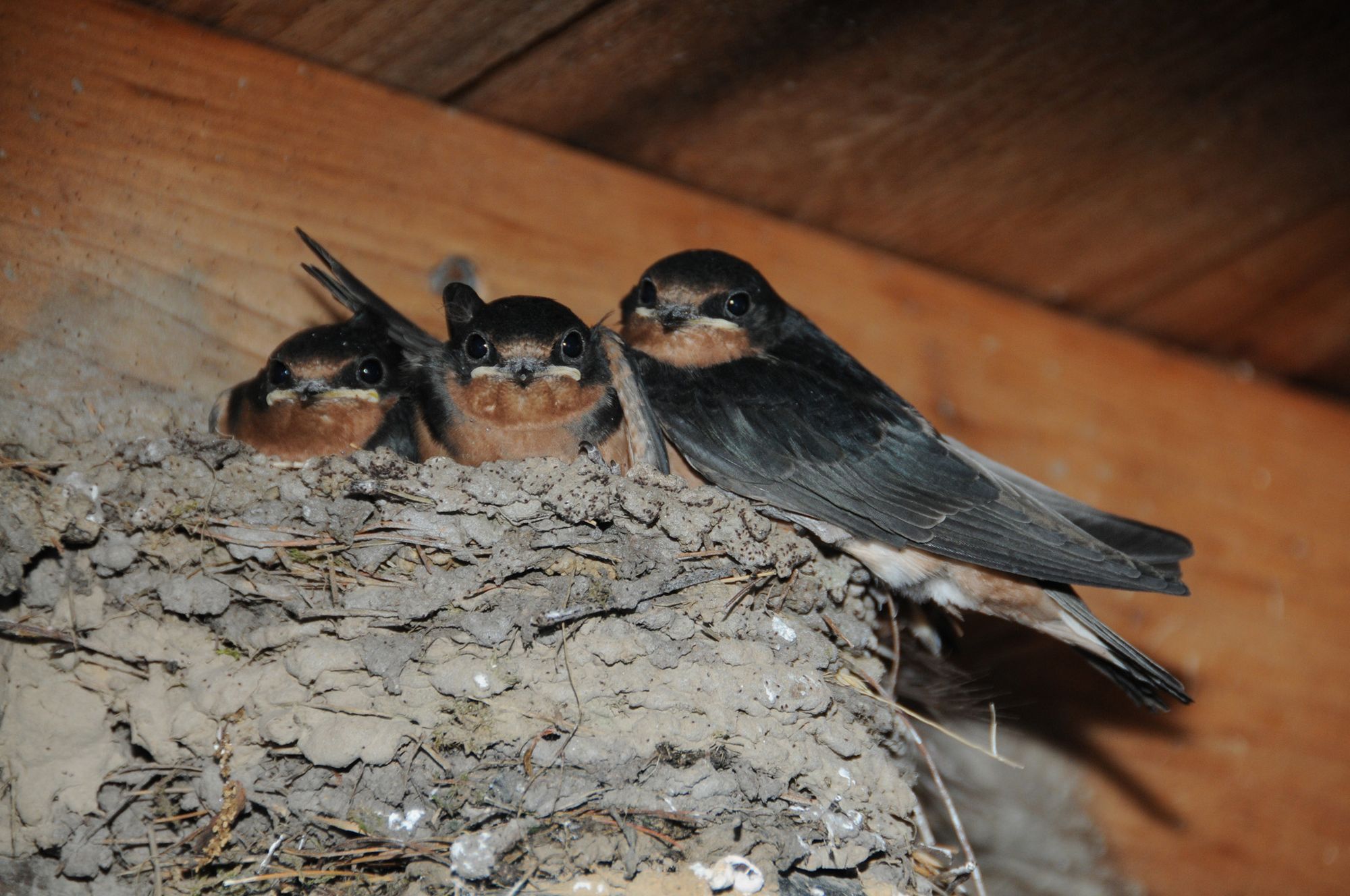
Barn and Bank Swallows, as well as the Purple Martin, are documented to be severely declining in New York, Ontario and much of the northeastern quarter of the continent. They have plenty of company from Eastern Kingbird, Chimney Swift and Common Nighthawk, as well as numerous other species. These birds of open country air feed primarily upon flying insects and are being particularly impacted. Most of these species are long distance migrants going to the New World tropics. Thus the potential for disruptions of their complex life cycles is considerable. The fact that declines are being observed across multiple taxa in large geographical areas is particularly worrisome for conservation.
Great changes are clearly occurring as a result of climate change and it's tempting to blame any disruptions of natural systems on this omnipresent threat. We must be careful, however NOT to jump to conclusions when other equally destructive factors, caused by humans, may also be at work. Reducing the impacts of climate change, however desirable, will not solve many other pressing conservation problems and crises.
Studies from Europe, primarily France, clearly indicate that intensive modern row crop agriculture is becoming an increasing disaster for farmland birds. Aerial insectivores are very vulnerable to many standard farming practices that decrease their food supply. Crop monocultures, early and frequent cutting of remaining hay lands and heavy use of pesticides and herbicides are not conducive to fostering a quality environment for swallows and other insect eaters. Also, modern farm structures, which replace traditional wooden barns, often have no suitable nesting sites. In addition, persons unaware of the ecosystem services these birds perform, attempt to exclude their entry to suitable structures for all the wrong reasons.
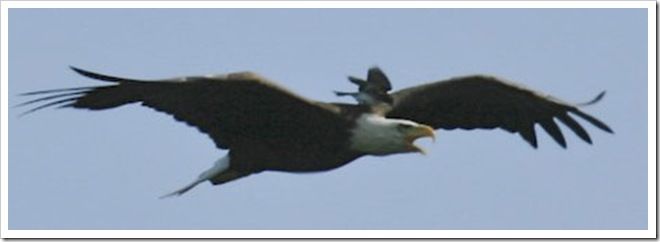
Twice a year, these long-distance migrants face many threats moving to and from their tropical wintering grounds. Large flocks of swallows, swifts, and other migrants may be caught in hurricanes in their fall migration and subjected to mass mortality. Such losses have always occurred, but they become much more serious when species populations are artificially depressed because of human related causes. In today’s world, because of the multiple threats declining species face, it’s ever harder to bounce back after natural disasters. Long distance migration was always a dangerous business but it has become increasingly so in recent decades.
A prime example of the increasing dangers these birds face upon reaching their tropical wintering grounds is a pesticide-based kill of perhaps a million Purple Martins over Brazilian rice fields. The application of deadly organophosphate pesticides killed farm workers and untold numbers of many species of insect eating organisms. Purple Martin numbers have not recovered from these past severe shocks and they continue to decline in many parts of their range. Combined with habitat destruction in migration staging areas and on their wintering grounds the long term outlook for this species is not encouraging. While exact causes of population losses vary from species, to species there are common threads to these declines. While it remains hard to get at the global level problems, there are definitely things we can do to help these birds.
These include:
• Related to climate change, hold public officials accountable for their actions/inaction. Insist that any form of “ green energy “ does NOT result in exacerbating other conservation problems. For example ever taller wind towers are a threat to everything that flies. Placing these structures along the Great Lakes, in large river valleys and atop mountain ridges is an invitation to disaster for many birds and bats. Declining swallows and other aerial insectivores are no exceptions. Also insist that solar projects that gobble up wildlife habitat be properly sited and provide mitigation for habitat lost. It does no good to seek to mitigate climate change if other environmental values are severely degraded and lost.
• Welcome Barn Swallows and other native, but potentially messy birds, to your boathouse and other structures. Giving them a place to nest may temporarily inconvenience you, but it’s a matter of life and death for them. You will be amply repaid as they consume those insects that might make your cookout less pleasant.
• For hole nesting species such as Tree Swallow, Barn Swallow and Purple Martin erect and MAINTAIN suitable nest structures on your property. While there is no guarantee they will be used, due to depressed populations, the effort may be well rewarded thus helping them.
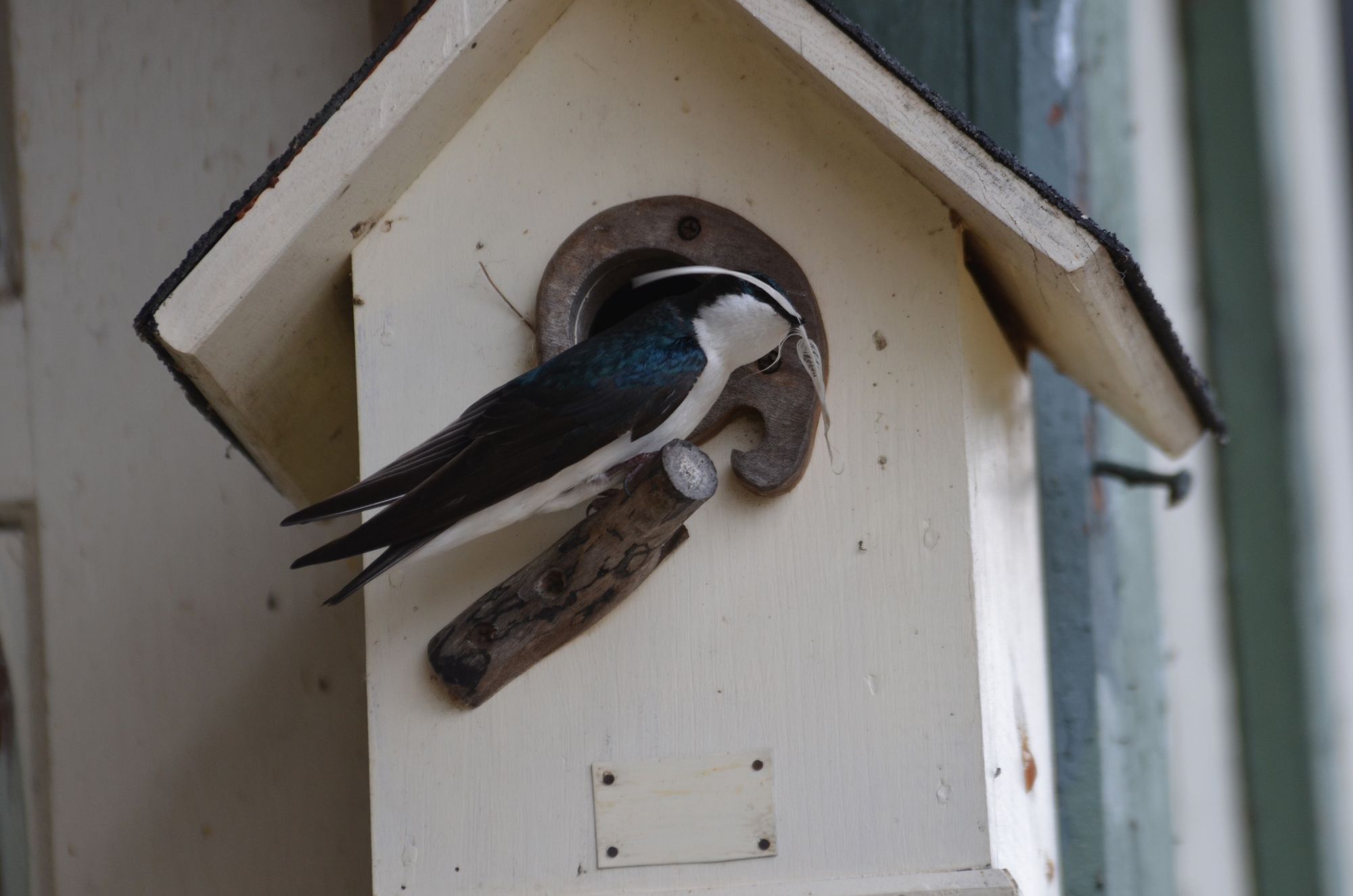
• Limit use of pesticides and herbicides to the bare minimum or better yet eliminate them totally. An exception to this rule is when control of invasive species is required because they degrade the natural environment.
• Encourage those farmers and other landowners who can keep their open lands in grass rather than row crops. If possible delay any mowing until after 15 August.
• Avoid use of electronic “bug zappers”. Advertised for mosquito control these noisy monstrosities kill primarily non target innocuous insects.
• If you have swallow colonies or other insectivores, monitor their numbers and success raising young and send it in to EBird and related data bases such as Nest Box Network. If you're interested, send me an email at goshawk@gisco.net, and I will pass it on as appropriate and would enjoy seeing the data.

These actions may help slow or stop population declines and will be beneficial to these interesting organisms. And who knows - hopefully you will be contributing to the enlightenment of your great great great grandchildren by ensuring that they also will have the opportunity to enjoy a boathouse full of Barn Swallows.
We should try to bear in mind the needs of our fellow travelers passing through life on this small precious planet.
By Sherri Leigh Smith
Sherri Leigh Smith is the Senior Ornithologist in northern NY. She is passionate about birds and their conservation. She has written numerous articles for TI Life, and you can see several of them here.
Photographs by Bill Munro, Murray Isle


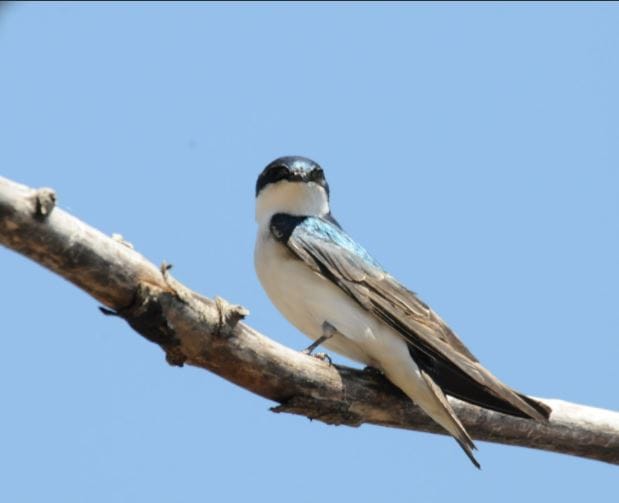
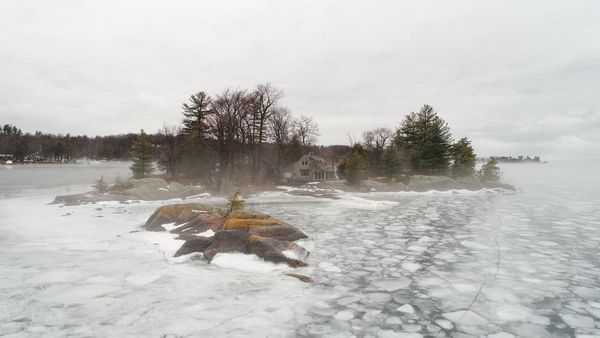


Please click here if you are unable to post your comment.